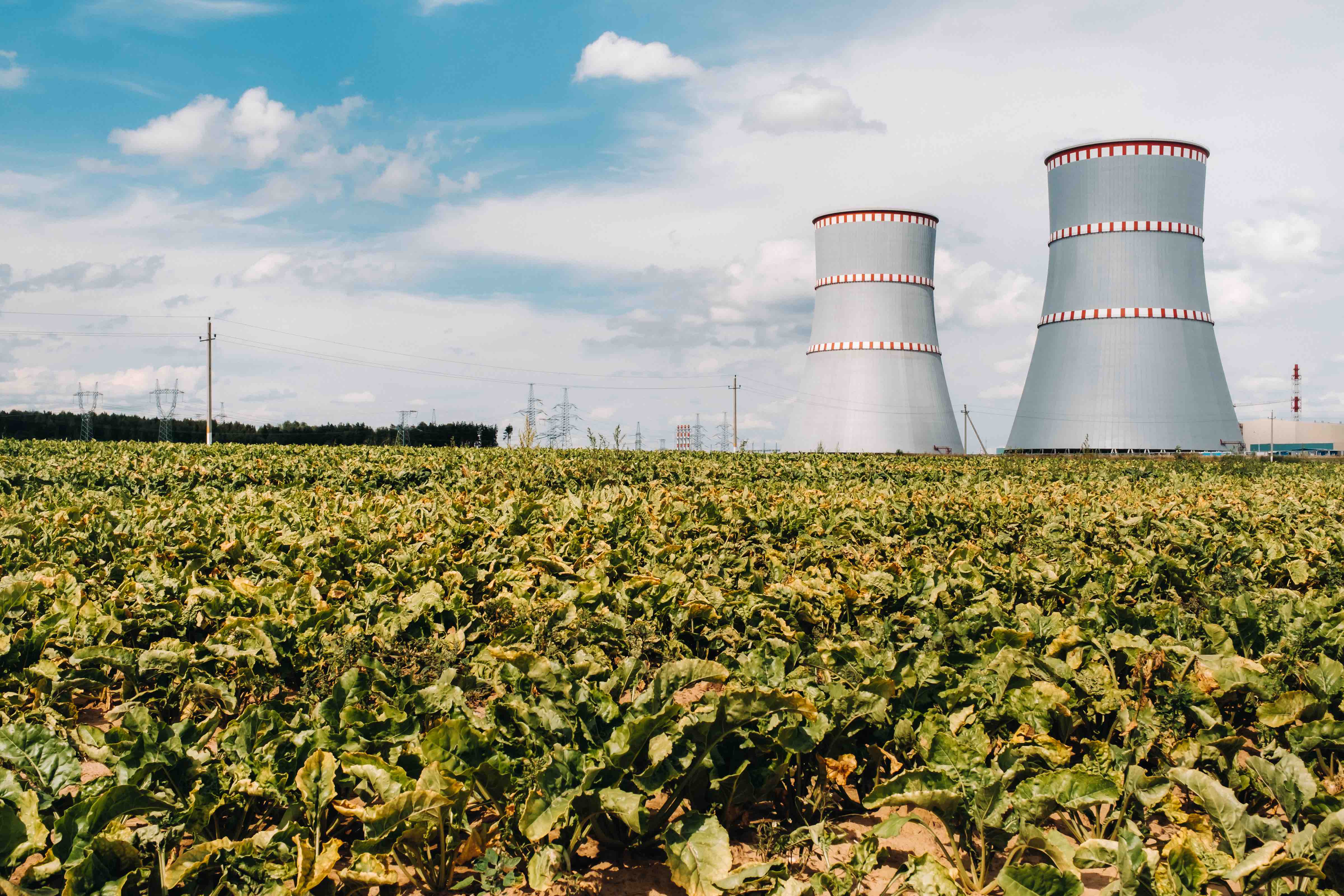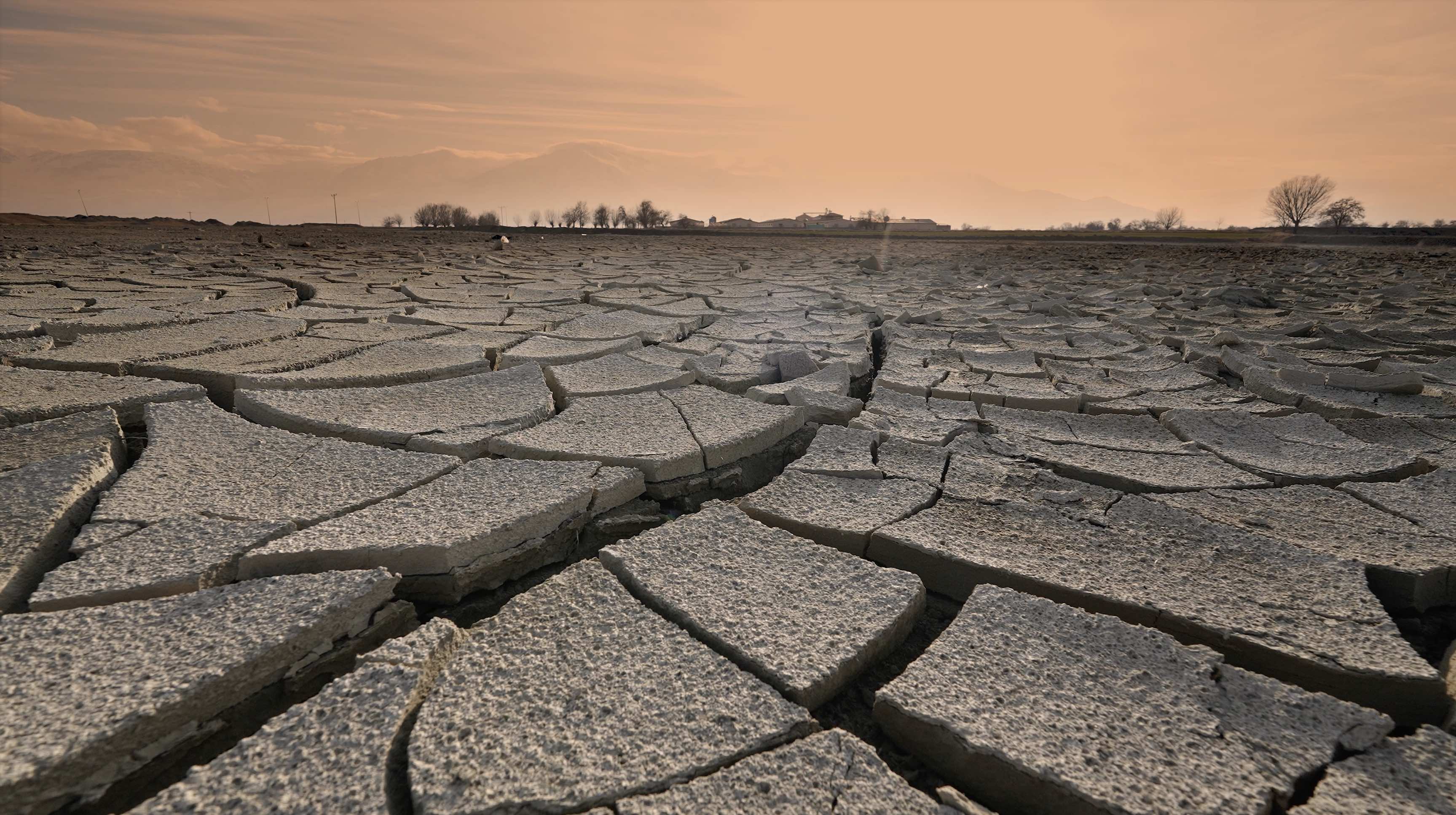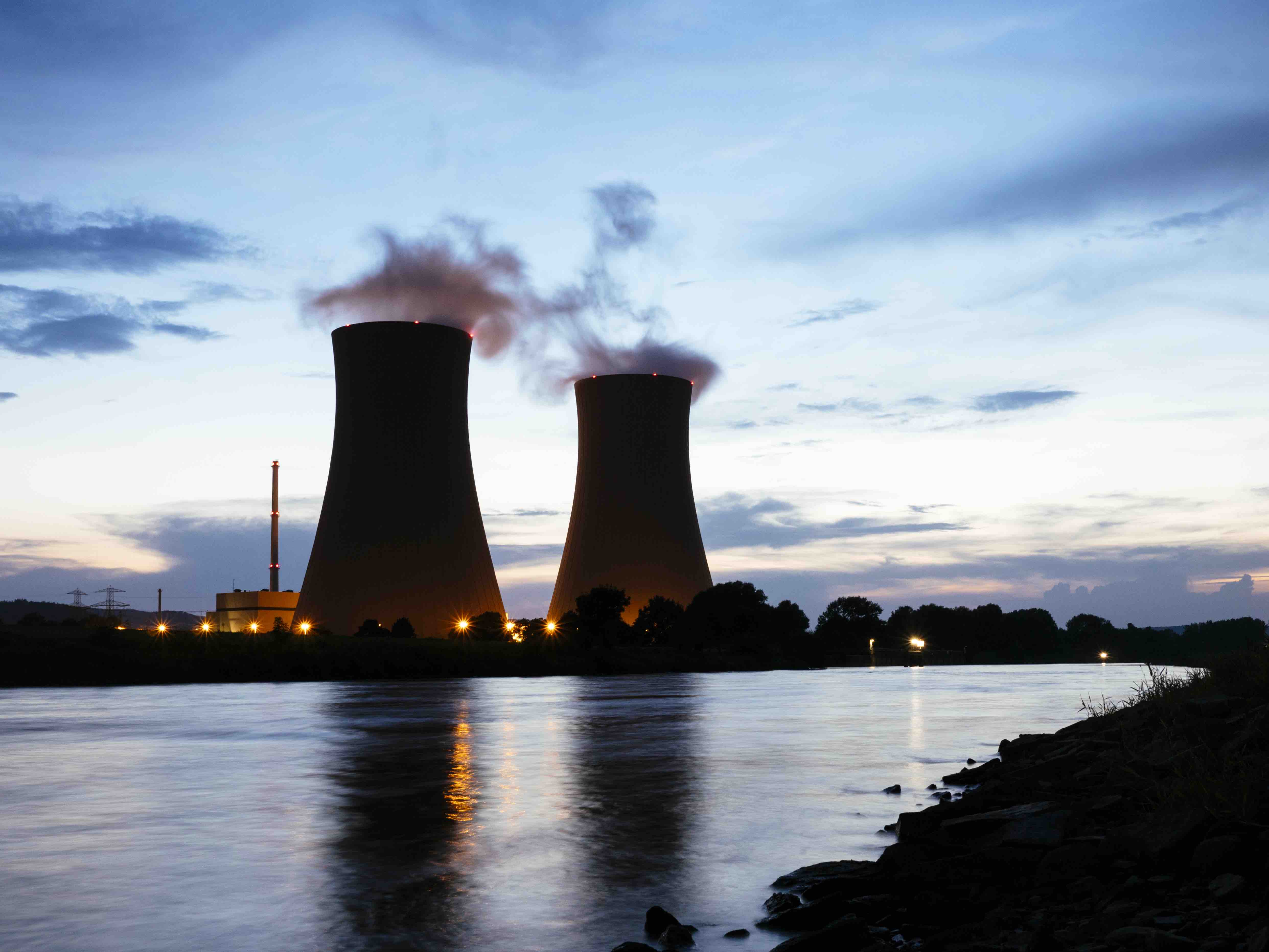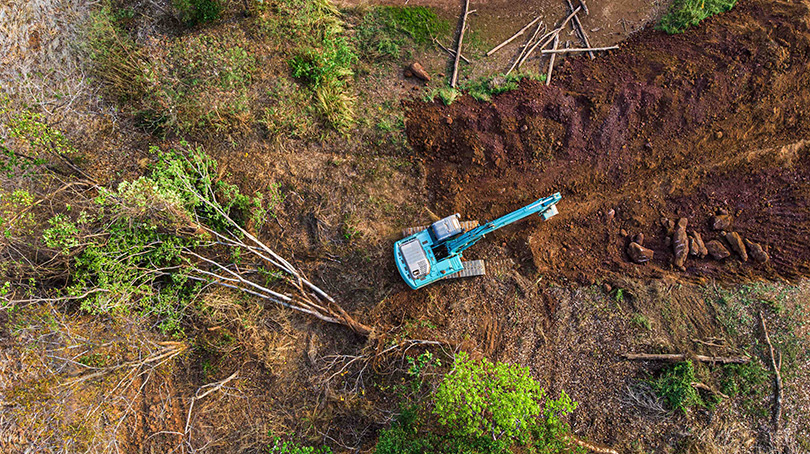
Fukushima Daiichi Disaster: A Lingering Nuclear Challenge
The Fukushima Daiichi nuclear power plant disaster, which was triggered by the Great East Japan Earthquake and tsunami in 2011, posed immense challenges for Tokyo Electric Power Co. (TEPCO) as they grappled with the aftermath of the 9.0 earthquake. Among the daunting tasks was the management of approximately 90,000 tons of radioactive water that accumulated during the cooling process of the reactors.
The continuous increase in volume presented a growing problem for TEPCO, prompting them to sign an agreement with France’s Areva SA to treat the radioactive water. The water treatment process employed by French firm Areva to clean Fukushima’s radioactive water has been linked to a leukemia cluster in France and the pollution of beaches and waters from the English Channel to the Arctic Sea.
Concerns arose due to the equipment’s limited capacity, raising doubts about effectively handling the 90,000-ton volume. The severity of the situation was exemplified by the No. 2 reactor, where highly radioactive water surged into the sea through cracks near an intake. Efforts to transfer and contain the contaminated water were undertaken, yet the sheer volume and alarming levels of radioactivity posed significant challenges. Additionally, the release of approximately 300,000 tons of contaminated water into the ocean and the aftermath is regarded as the world’s worst nuclear disaster since Chernobyl. Over 150,000 people were evacuated from an exclusion zone around the plant, which remains in place.
The plant’s decommissioning process has commenced, but it is progressing slowly and is expected to take several decades. Despite this, the Japanese government remains committed to completing the decommissioning by 2051.
Japan’s Plan: Gradual Tritium Dilution in Fukushima Water
Japan’s nuclear regulator has issued the necessary certificate for Tepco, paving the way for the release of over a million tonnes of radioactive water accumulated at the site.
The presence of tritium in the treated water from the Fukushima nuclear plant has raised concerns about its impact on the environment and human health. Tritium, an isotope of hydrogen, emits low-energy radiation and is considered relatively low-risk. However, traces of tritium remain in the treated water despite filtration efforts. With a half-life of about 12.3 years, tritium’s radioactivity diminishes over time. Critics highlight potential risks to marine ecosystems, the fishing industry, and the health of those consuming seafood from the affected region. The planned gradual release aims to dilute tritium to levels below established guidelines. However, concerns remain regarding the enduring consequences of tritium exposure.
Japan’s plan involves mixing the treated water with seawater to significantly reduce the tritium concentration that falls well below the Japanese government and World Health Organization guidelines. This aligns with industry practices where small amounts of tritium and other radioactive materials are released into bodies of water by nuclear power plants worldwide. The proposed release will occur gradually over 30 to 40 years through an undersea tunnel, ensuring a controlled process. However, neighboring countries demand further transparency, independent monitoring, and comprehensive international consultations to address the ongoing controversy.
Unsettled Seas: Fukushima Water Plan Leads to Diplomatic Rifts
China has vehemently expressed its anger and opposition to Japan’s proposed release of contaminated water from the Fukushima nuclear plant into the sea. Chinese officials have denounced the plan as a selfish and reckless action that threatens the collective interests of humanity. They have called for the suspension of the water release and demanded that Japan subject itself to stringent international oversight.
The relationship between China and Japan has become even more strained due to recent actions. The potential dangers of the discharge could pose a threat to neighboring countries and Pacific islands.
South Korea has strongly opposed Japan’s upcoming plan to release treated radioactive water from the Fukushima Daiichi nuclear plant into the Pacific Ocean. China has gone as far as implementing a ban on seafood imports from ten Japanese prefectures, including Fukushima. At the same time, Hong Kong has announced a ban on many sea products from Japan. These measures reflect the deep concerns and distrust among the public and authorities in these countries regarding the potential environmental and health impacts of water discharge.
Despite Japan’s reassurances and the International Atomic Energy Agency’s (IAEA) approval, neighboring countries remain skeptical. China has accused Japan of shifting the risk of nuclear contamination onto the global community, emphasizing that the ocean should not be treated as Japan’s “private sewer.” South Korea’s endorsement of the IAEA report has not alleviated public worries.
On the flip side, of countries tightening their grip on restrictions on Japanese seafood imports, the European Union (EU) has opted to lift the restrictions, which were initially put in place after the Fukushima nuclear disaster. This decision comes just ahead of Japan’s impending release of wastewater from the facility into the Pacific Ocean. The EU’s step is a measure to foster better trade relations, potentially opening doors for EU agricultural products in Japan. While the EU had gradually eased import curbs since the 2011 nuclear accident, certain food items from Fukushima and other regions still required certificates. Nevertheless, the EU plans to maintain a vigilant eye on Japanese produce for radioactivity.
Pacific Nations Fear Fukushima Water Impact
Fishers across the Pacific are experiencing anxiety on a profoundly personal level. Fishing not only sustains their livelihoods but also provides food for their families. They fear nuclear waste could contaminate their precious marine resources, jeopardizing their health and well-being. The concern is also palpable in South Korea, where shoppers have rushed to buy sea salt, leading to a shortage and a significant nearly 27% price increase.
Fears about family safety have led people to stockpile essential items like salt as a precautionary measure. The uncertainty surrounding the planned water release continues to reverberate, highlighting its profound impact on people’s lives and livelihoods.
“Nuclear is not allowed in our waters. Nuclear is not allowed in the waters of the Pacific.”
– James Marape, Papua New Guinea’s prime minister
The Fukushima Daiichi disaster continues to evoke anxiety among Pacific nations. The anxiety among fishers and communities is palpable, as they fear the potential contamination of their beloved marine resources. Meanwhile, diplomatic rifts deepen, and the global community seeks transparency and collaboration in addressing this lingering nuclear challenge. In the midst of uncertainty, the world must come together to navigate the complexities of radioactive water management, holding steadfast to a shared commitment to environmental preservation and the well-being of all those affected.







